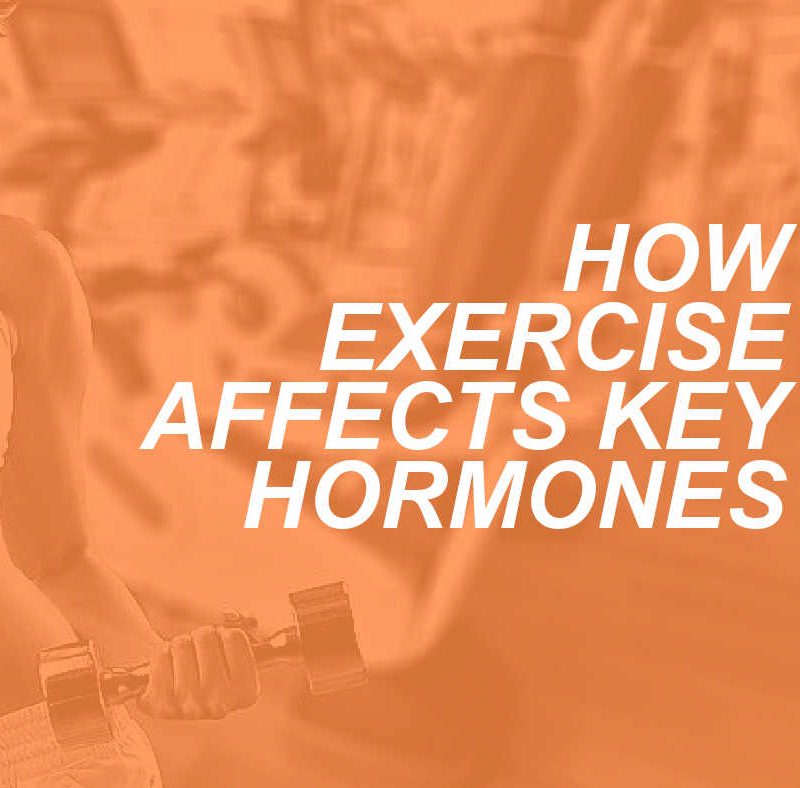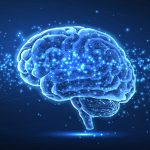
How physical activity and diet change our personal training clients’ bodies is indeed top of mind in our industry. Low fat, low carbohydrate, high protein, aerobics, resistance training, etc. are all diet and activity strategies that will to some degree alter our bodies. Even a poor diet and no exercise will make changes, too. Regular exercise and diet influence key hormones and metabolism, and employing different strategies can alter success. But there is complex biochemistry at play to make such changes.
Altering your metabolism by manipulating diet and activity is the overall objective, but understanding “the how” diet and exercise actually do can make all the difference in the world; one can tune and sharpen it for fast, precise results. When diet and exercise strategies are employed together to achieve the goals of fitness and health, the synergism is more effective. First, we’ll look closely at the interplay between exercise and hormone function, and the following article will break down the interplay between diet and hormones.
Key Hormones and Metabolism
Bridging the gap between our efforts to be healthy and fit and what we see in the mirror is a biochemical science that is in motion all the time. In general, we call this our metabolism–an unconscious process directed by chemical signals that the body produces in response to our input and output of energy. With the correct inputs and outputs, we can direct our body’s metabolism with impressive accuracy. What we think, how we act, what we do, what we eat, and the outcome of what we look like is rarely a coincidence. There is a connection.
Connections and communications between our body’s organs and their pathways have been studied and discussed for thousands of years. Mind-body connections can be divided into several pathways: conscious, unconscious, and further into neural, hormonal, and neurohormonal pathways.
Conscious connections are those directives from the brain to the body, instructing some type of purposeful action. Unconscious connections occur when the brain instructs the body to perform a vital function without your awareness: you breathe in and out to get oxygen, your heart pumps blood, neurotransmitters are released.
The central nervous system, autonomic nervous system, sympathetic and parasympathetic modes are responsible for these signals. But for the sake of keeping it simple and not over-complicating an already complex interaction of body systems, this will be a brief overview of these systems and the metabolism.
The Communication Between Body Systems
The nervous system, endocrine system, immune system, digestive system, circulatory system, and the musculoskeletal system all work in harmony and are synchronized by constant and complex communication systems. There are many other sub-systems among these mentioned and they are important in metabolism, but again this just a brief overview. These systems communicate, regulate, and provide information and feedback with chemical and electrical signals from organs, glands, and tissues.
This communication, regulation, and manipulation of the endocrine system is the most powerful process that can change the composition of the human life form. If one can manipulate the hormones that the body produces an important key to change has been harnessed. All the exercising and dieting in the world will not change your body unless the endocrine secretions are not stimulated to make the body change.
Knowing what hormones do can benefit you in the process of transformation. All diet and exercise programs are not equal and their hormonal responses are different as well. This is crucial in being successful and is one of the biggest reasons why most people fail at changing their bodies. Knowing everything about the endocrine system is not necessary to change the human body, but a few key functions of it will need to be understood.
The Endocrine System
The most relevant endocrine mechanisms and actions deal with energy usage, access, and storage. The hormonal actions that are primarily responsible for weight loss, weight gain, and body composition can be manipulated with diet, supplements, and exercise. Knowing how to manipulate these hormones optimally is really the key to effective body transformation.
The combination of reducing body fat (if body fat needs reduction), increasing lean body mass, and elevating the body’s metabolism at the same time is actually quite simple when exercise and diet work hand-in-hand. By increasing the metabolic rate the body normally will reduce body fat or body fat storage as a result if extra calories are not increased at the same time. In general, any time that exercise is introduced, calorie-burning increases to perform the work being done which causes an increase in the body’s metabolism.







